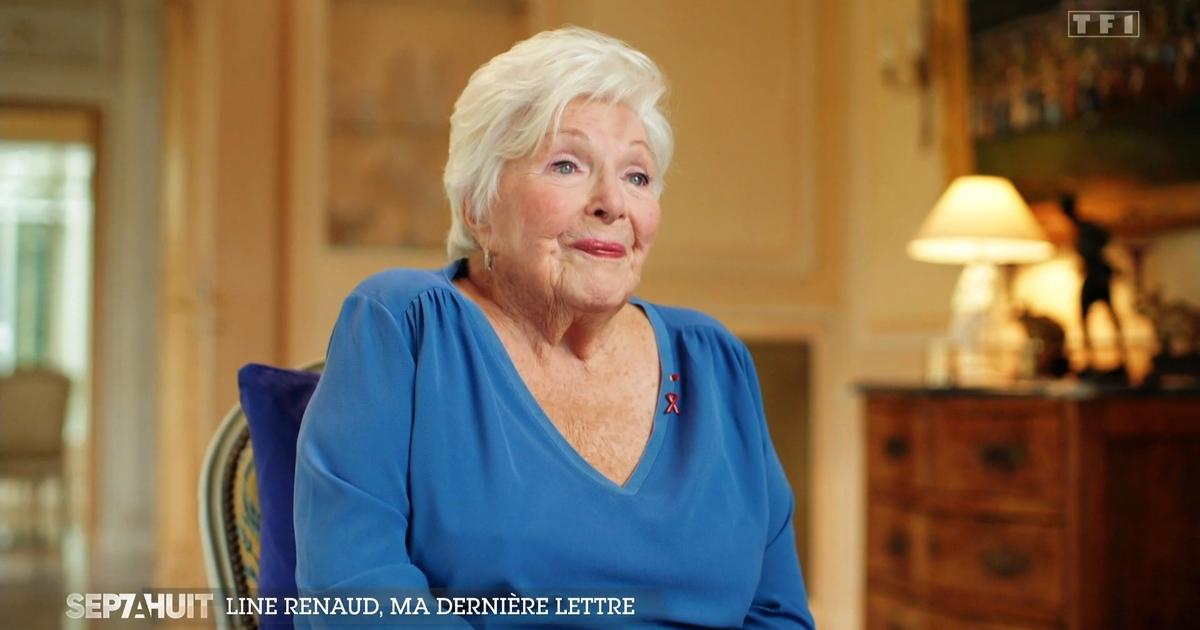Doctor explains what are the palliative treatments that Jimmy Carter receives 6:02
(CNN Spanish) --
Former United States President Jimmy Carter recently announced that he was suspending all medical treatments and decided to spend the remaining time at home with palliative care.
Dr. Elmer Huerta explains in this episode part of Carter's medical history with cancer, the treatment he received, and what is behind the decision to die in his house.
The office is open, welcome!
You can listen to this episode on Spotify, our YouTube channel or your favorite podcast platform, or read the transcript below.
Former President Jimmy Carter's Health Announcement
It was recently announced that Jimmy Carter, the 98-year-old president of the United States from 1977 to 1981, has given up receiving any type of medical treatment in a hospital, and has decided to spend his remaining time in hospice care at home.
There are two aspects related to Carter's health that we will examine in today's episode.
advertising
First
: to find out what kind of medical treatment the former resident received almost nine years ago, when he was diagnosed with very advanced cancer, which even had brain seedlings or metastases,
And second
: a situation that I dare say that all of us —except those who suffer a sudden death— will one day have to take, and that consists of deciding how and where we want to die.
Let's look at the first: cancer treatment in 2015.
What treatment did Carter receive?
At a press conference, Carter reported on August 20, 2015 that earlier that year, while traveling in Guyana, he presented some symptoms that he did not detail, and that upon returning to the United States, and after a medical consultation, he was informed that he had a two-centimeter tumor in his liver, the biopsy of which was reported as malignant melanoma, one of the most aggressive cancers that a human being can suffer.
Carter added that he had four brain tumors, considered to be cancer metastases in that organ.
The former president said, calmly and with a lot of resignation, that he had had a wonderful life and that he put his health in the hands of God and his doctors.
He reporting that that same day he would start brain radiation treatment.
Carter was not heard from again until four months later.
On Sunday, December 6, 2015, during Sunday classes he was offering at a Georgia church, the former president reported that he was cancer-free and that an MRI of his brain showed that the cancer was gone.
He also said that his doctors considered him free of the disease.
The therapy to which Jimmy Carter was subjected
In the days that followed it was reported that, in addition to the initial liver surgery and radiation treatment announced in August, Carter received four doses of a new drug called pembrolizumab, which had been approved by the US Food and Drug Administration. the previous September, precisely for the melanoma type cancer that he suffered.
Surely the new drug, capable of crossing the blood-brain barrier, or brain's natural defense to protect it from chemicals, had concentrated enough in Carter's brain to destroy the cancer.
Pembrolizumab belongs to a new category of cancer treatment, immunotherapy.
It is considered the fourth category of treatment against this disease, which since the last century includes surgery, radiotherapy and chemotherapy.
Remember that chemotherapy acts directly on cancer cells, also affecting normal body cells, especially those that divide more rapidly, such as those of the blood and digestive system.
Immunotherapy drugs, on the other hand, do not directly attack cancer cells.
Rather, they stimulate the immune or defense system so that it destroys cancer cells.
Pembrolizumab and other drugs in its class are thus smart drugs that direct the immune system to kill cancer cells.
Let's review the interesting way that pembrolizumab works.
How does
pembrolizumab work
?
First, it's important to remember that the human immune system uses intelligent cells called T-lymphocytes to patrol the body for cancer cells and destroy them, preventing tumors from growing.
To identify healthy cells and not harm them, T lymphocytes use receptors located on their surface, called PD-1, which —to respect healthy cells— must bind to PD-L1 cell receptors.
In other words, if cells have PD-L1 receptors, they are not killed by T cells, because they think those cells are not cancerous.
Here something very interesting happens, because in their eagerness to survive and perpetuate themselves, cancer cells produce a large number of PD-L1 receptors on their surface, which fool T lymphocytes, which, by not recognizing malignant cells as cancer, do not they destroy them.
With that understood, we can now understand how pembrolizumab works.
What this drug does is deactivate the PD-1 receptor of the T lymphocyte which, as we said, is its locator of healthy cells, a fact that allows the T lymphocyte not to be fooled and can recognize and destroy cancer cells.
The end result of this action is that millions of lymphocytes are now capable of recognizing cancer cells and destroying the tumor.
The effect of this therapy on former President Jimmy Carter
Well, apparently, that was what happened with former President Carter.
His pembrolizumab treatment was so successful that it completely destroyed the cancer cells in his body, allowing him to remain cancer-free since 2015.
The success of the treatment was so great that many people with cancer ask their doctors to "give them the same treatment that former President Carter received."
That is certainly proof of how effective immunotherapy is in some people.
But the second lesson from the case of former President Carter's illness is his decision, announced by the Carter Foundation on February 18, that “after
a series of brief hospital stays, the former President of the United States. Jimmy Carter decided today to spend his remaining time at home with his family and receive palliative care, rather than additional medical intervention, and that he has the full support of his family and medical team."
In other words, former President Carter's will is to die at home, not in the hospital.
The medicalization of death
In this regard, despite the fact that statistics indicate that the majority of people in the United States would like to die at home, the majority die in a health institution, be it a hospital or in homes for the elderly.
But that has not always been so.
Let's see, for example, what the trend in dying at home has been in recent years in the United States.
At the turn of the last century, the vast majority of people in the United States died at home and very few died in hospitals.
In 1949 things evened out, seeing that half of the deaths occurred at home and the other half in a health institution.
In 1958, only 40% of deaths occurred at home, a figure that dropped to 26% in 1980, reaching its lowest point in 1987, when only 15% of people over the age of 65 died at home.
It is recent, in recent years, when this trend has been reversing, documenting that deaths at home for people over 65 increased to 21% in 1997 and 24% in 2007.
In other words, during the last century, due to the proliferation of intensive care units, mechanical ventilators and other methods of supporting seriously ill patients, the phenomenon of medicalization of death has occurred, in which a very seriously ill person can be kept live for several weeks in a hospital.
In this situation, the idea that death is the enemy of medicine and the desire of doctors and family members to prolong life as long as possible in a hospital collaborate, in my opinion.
Dying at home, a privilege?
In this regard, there are multiple reasons why people die at home or in the hospital.
One of them is the socioeconomic status of the family, having been described in an American study that people who belong to a minority and those with a lower educational level have a greater tendency to have a hospital death, while, conversely, people with higher education, greater social support, more economic means and those who die of cancer prefer to do it at home.
An Australian study carried out in 49 countries found that this reality translates to a global level, having seen that 60% of the inhabitants of low-income countries die at home, compared to only 27% of people living in low-income countries. high income.
This situation, like the US study, reflects the access to family support and health services in these regions, since it is easy to imagine that it must be very difficult to care for a very sick person at home when everyone has to work to support themselves. .
By the way, have you ever thought about where you would like to die if you had a terminal chronic illness?
At home or at the hospital?
Do you have questions for Dr. Huerta?
Send me your questions on Twitter, we will try to answer them in our next episodes.
You can find me at @DrHuerta.
If you find this podcast useful, be sure to subscribe to get the latest episode on your account.
Help others find it by rating and reviewing it on their favorite podcast app.
And for the most up-to-date information, you can always go to CNNEspanol.com.
Thank you for your time.
Jimmy Carter








